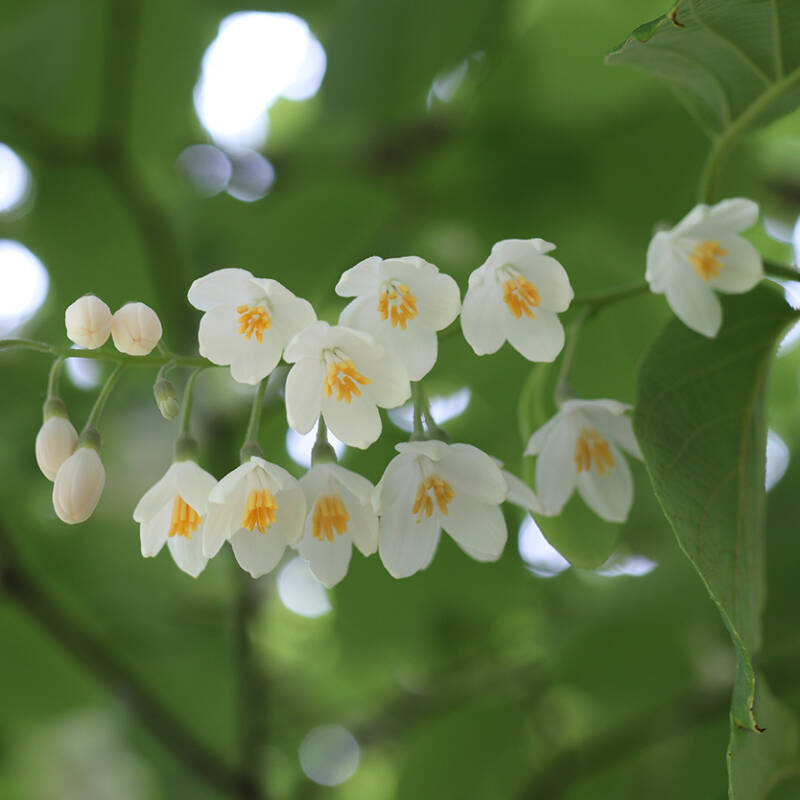Yesterday was medals day at the Chelsea Flower Show. There were 10 gold medals out of 15 main show gardens, a “staggeringly high” amount according to garden critic Tim Richardson.
One garden that does stand out from the rest but was not an obvious contender for Best in Show was the Trailfinders Australian garden. With its roaring waterfalls and flowing billabong providing vertical and horizontal entertainment, with a spherical walk-in structure perched somewhere in the middle, it has the appearance of a vast space. There is so much packed in here that the insect hotel (below) and artfully fallen bird’s nest were only visible by sneaking round the back. Posses of blazered and trilbied Australians roam the area.
Back to the familiar, there is plenty of topiary and herbaceous planting with wide, smooth stone flooring. Here are some of the gold medal-winners from gardens great and small:
Photographs by Kendra Wilson.

Above: Judges huddle in the RBC Blue Water Roof Garden. After several years of showing his pictorial meadow planting (developed at Sheffield University) Professor Nigel Dunnett finally attained gold, with water conservation as his angle.

Above: Shouting and singing and inevitably crying were part of the morning’s events as exhibitors were handed a sealed envelope with their medal category inside. The loudest noise came from the Australian Garden which took Best in Show, with its landscape of Australian natives.

Above: Sustainability is a key word this year and the Australian garden uses integrated water management within a tamed version of the Australian wild, in a garden setting. Shown here, an insect hotel, not far from the human hang-out zone.

Above: Chris Beardshaw’s Arthritis Garden. Pretty planting with smooth surfaces underfoot may be all that most spectators take away from this garden but like all the gardens it began life as a story, in this case the personal journey and emotions of a person who has been diagnosed with arthritis.

Above: Chris Beardshaw is a television personality and sometime judge who always does well at Chelsea. He seems fine with presenting workable gardens; if he’s at all radical it is in showing deeply unfashionable plants like last year’s yellow azaleas in a traditional cottage garden.

Above: Clover, bluebells and heartsease violas in the Artisan Gardens. This is the Garden of Magical Childhood and is intended to provoke happy childhood memories of tree houses and unstructured fun. The nostalgic planting is intentionally inelegant and untidy, just as children like it.

Above: A traditional “blackhouse” with turf and thatch roof features in the Hebridean Weaver’s Garden. Set in the 1950s there is also a spinning wheel outside and a loom inside. Bolts of tweed would be left outside to dry in the wind.

Above: The section of garden just outside the house features plants used for dyeing, including nettles (shown here with white campion). Other useful plants around the garden are honeysuckle, bog myrtle, foxgloves and knapweed. A tiny vegetable patch has been squeezed in, with carrot, cabbage and onion also used for dyeing. A remarkable smell of the sea wafts around this pocket of the Hebrides in London, SW3. A pile of brown seaweed is sitting in a bucket and would be used as a mulch for feeding vegetables and to deter pests.

Above: Another part of the garden is inhabited by indigenous wild flowers like marsh marigold and cotton grass (nothing to do with the tweed-making process).

Above: The Digital Capability garden, with moving panels that respond to specific Twitter activity. The planting moves it away from mere gimmickry and, who knew, white plastic makes a really effective backdrop.

Above: Inside the white igloo of the Digital Capabilities garden lurk jungle plants, with big leaves. They are revealed in sections as various panels lift up after enough momentum gathers through the hashtag #RHSChelsea. Mad but good.

Above: Hurray, color at last in the Mindfulness garden. Oh, there’s an explanation: “There is a random sensory bombardment of color from the planting scheme,” explains Martin Cook Studio. “Inspired by the chaotic, uncertain times we live in, highlighting the need to focus.”

Above: Back to the Show Gardens. Ulf Njordfell’s tasteful Swedish planting for Laurent-Perrier. It is intended to bring together classic French and British style and the keyword is “romantic.”
For more, see Celebrity Spotting at the Chelsea Flower Show.









Have a Question or Comment About This Post?
Join the conversation